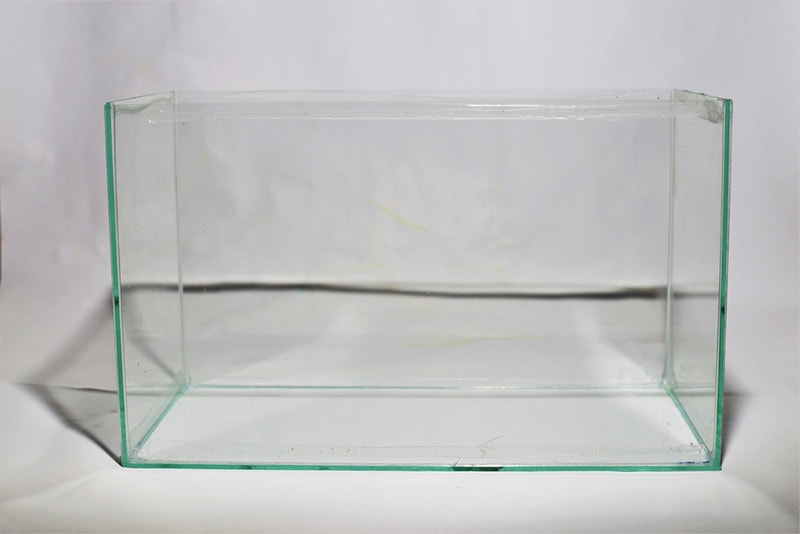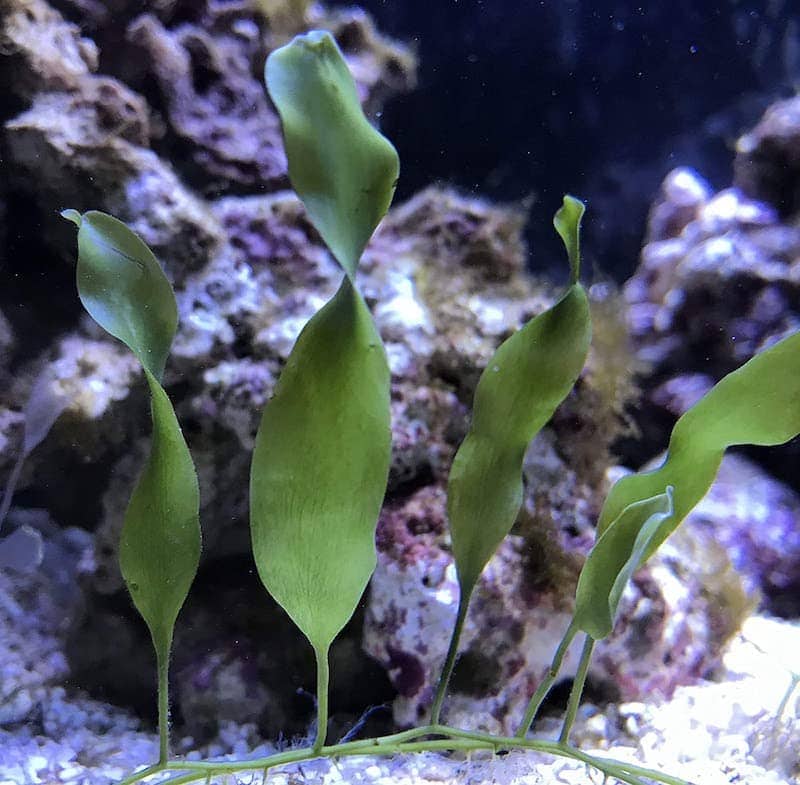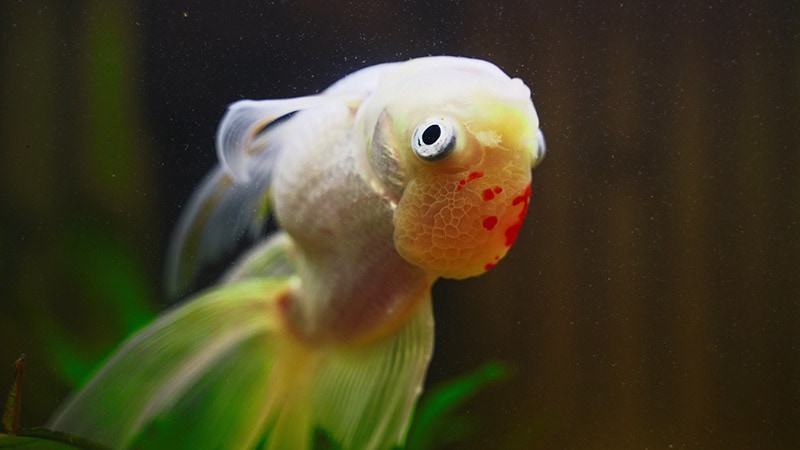How to Calculate Aquarium Volume: 3 Expert Tips & Tricks
By Brooke Bundy
Updated on

If you’re thinking about adopting a new fish, it’s important to know how many gallons your tank will hold. Most species need a certain amount of space to thrive, so cramming them in a tank that’s too small can be detrimental to their health. Plus, it helps to know your tank’s size when it comes time to clean the tank. You may even discover that it has a bigger capacity than you realized, which allows you to bring home a couple of new scaly friends. Conversely, maybe you’re starting with a used tank where you know its capacity but are wondering if it’ll fit on your desk. We can help you find out!
The 3 Tips for Calculating Aquarium Volume
1. Determine the shape of your tank.
If you have a simple rectangle, the math is much easier. Other shapes, like a triangular prism, are a bit tricky to calculate, so you might want to rely on a calculator to do the job for you.1

2. Measure your tank’s length, height, and width.
To find the volume of a rectangular tank, you’ll need to measure the tank’s length (the distance from side to side), height (top to bottom), and width (front to back). Multiply all of these measurements together and then divide by 231 gallons. The result is your tank’s capacity in gallons.
3. If you know your tank’s capacity in gallons, you can roughly determine its measurements.
If you’re considering buying a 20-gallon fish tank, but the Craigslist ad doesn’t specify the dimensions, don’t worry. Usually, fish tank sizes are fairly standardized. The obvious exception would be if they’re unusual shapes, which may have peculiar dimensions. For example, a 20-gallon rectangular tank usually measures 24 x 12 x 16 inches, but a 20-gallon cylindrical tank would have different measurements altogether. You can use this chart to help you get a general idea.

Things to Keep in Mind
Even though a tank may hold a certain number of gallons, you should remember that it never actually will hold that exact amount since you won’t fill it to the brim. Plus, anything you put in the tank from decorations to pumps to the fish itself takes up space. It’s important to give your aquatic creatures wiggle room, so always get a tank a little larger than the minimum space requirements.
Conclusion
While talk of volumes and cubic feet may bring back headaches from high school days, you don’t have to be an algebra student to figure out the capacity of your fish tank. Rectangular tanks are easy to figure out yourself, but thankfully, online fish tank calculators provide a way to determine the size of tougher shapes. Once you’ve determined the size or capacity of your tank, you should make sure it’s a little bigger than the minimum requirements to allow your fish to just keep swimming along their merry way.
See also:
Featured Image Credit: Wannee_Photographer, Shutterstock













